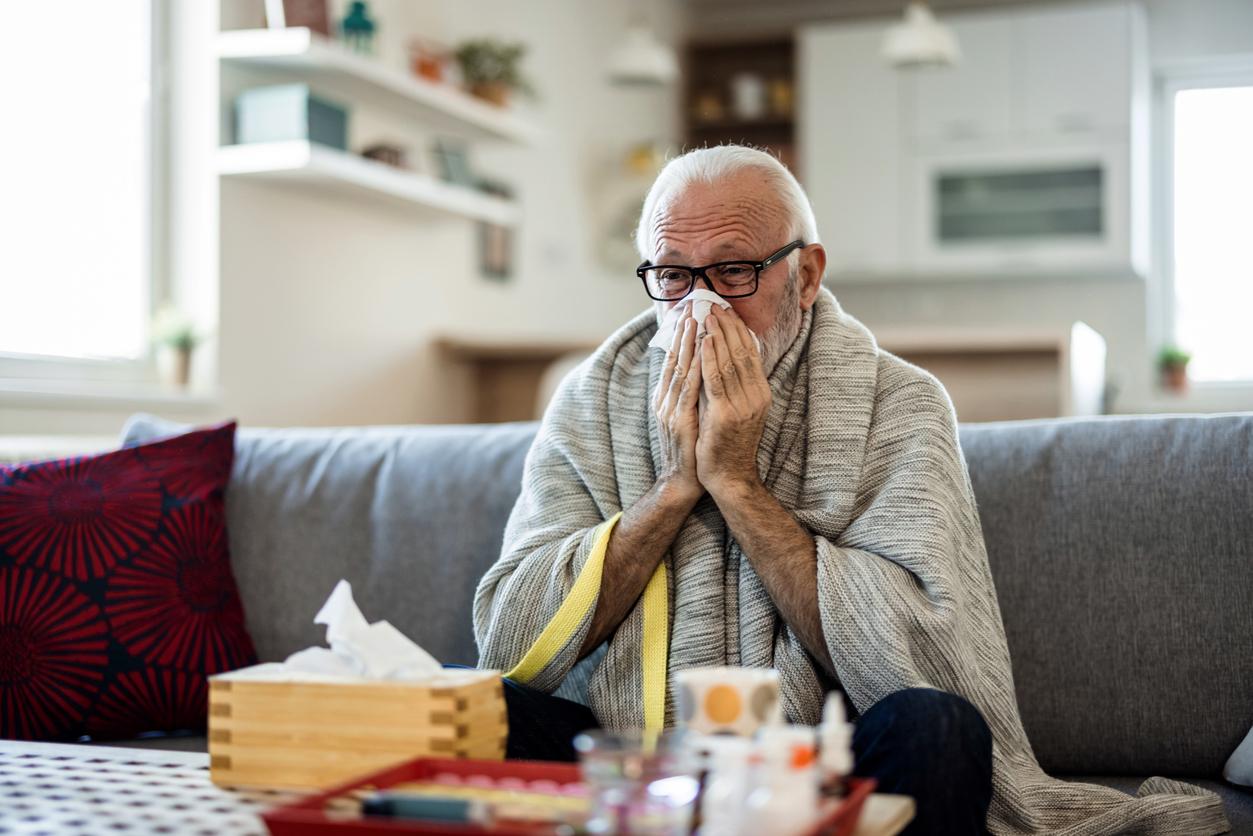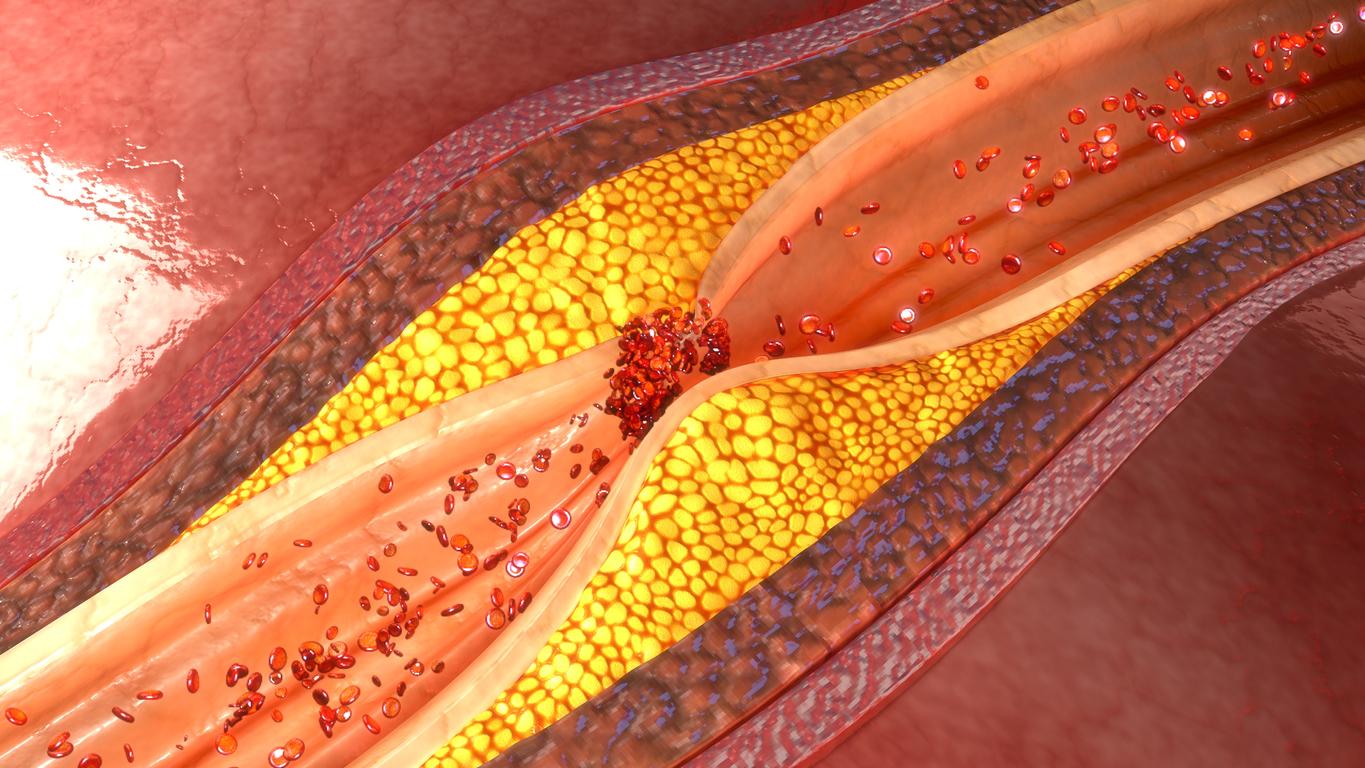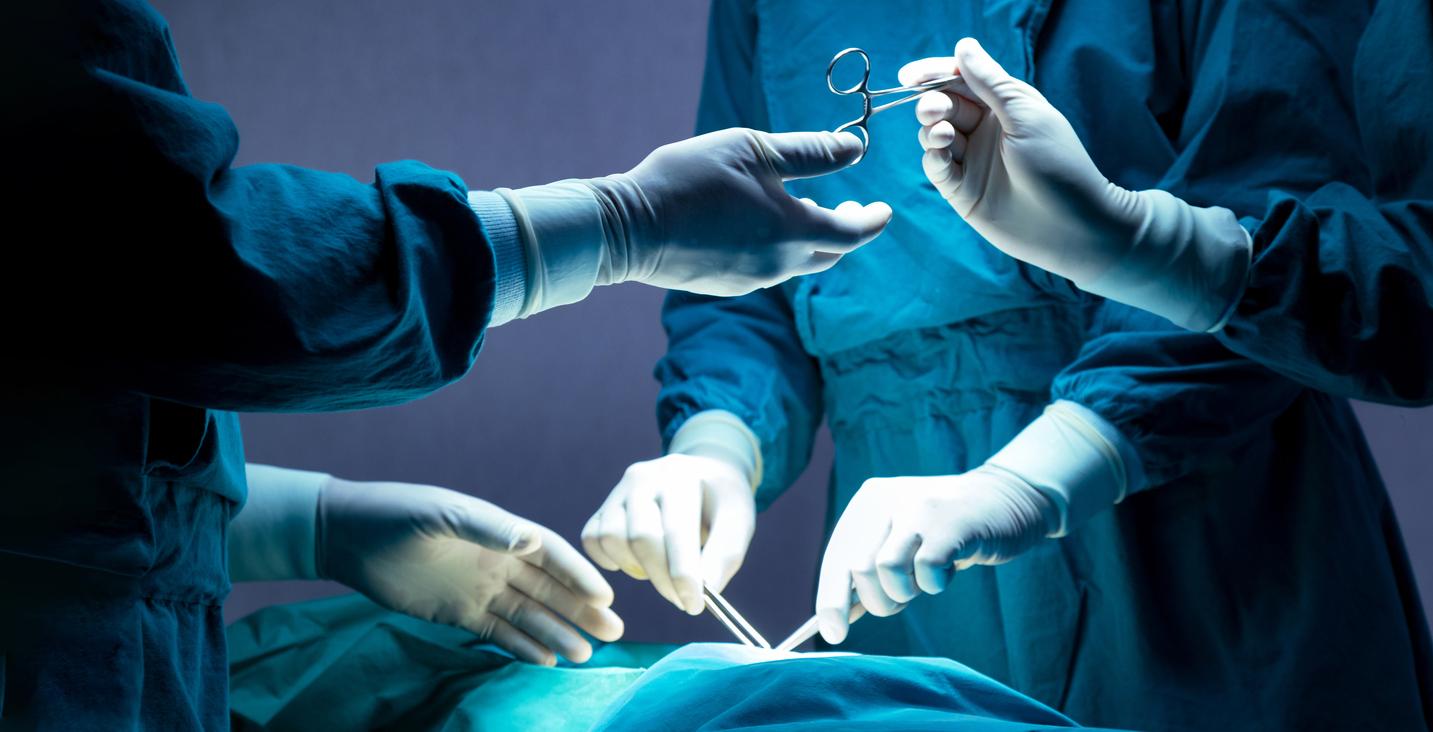An LVAD supports the pumping ability of a heart that is no longer functioning well enough on its own.
The heart is a contracting muscle that circulatory system pumps blood to the lungs and other parts of the body. There are four cavities in the heart, in which blood is collected and then distributed to the body. The two upper cavities are called the right and left atrium (atrium), and the larger cavities at the bottom of the heart are the right and left chambers (ventricle).
It left ventricle pumps 3 to 6 liters of blood per minute to the whole body. However, disease can affect left ventricular efficacy. Then there is no longer enough blood to be pumped to the body for the body to function normally.
In such cases, heart function can be improved by a device called an LVAD (left ventricular assist device). An LVAD is a type of mechanical pump that is surgically inserted into the body. The LVAD supports the pumping ability of a heart that is no longer functioning well enough on its own.
Many of the newest LVADs are implanted directly into the left ventricle. The LVAD forces blood through a tube connected to the aorta. Thus, the LVAD relieves the workload of the damaged heart.
LVADs are especially helpful for patients awaiting a heart transplant. Because many more hearts are needed than the number of donor hearts available, the LVAD can save people’s lives. This operation can bring several complications, which should be discussed with the doctor before the operation.











-1739366311.jpg)




